Keeping the swimming pool clean and safe is important for both the pool users and the pool itself. In addition to enhancing its appeal, regular pool maintenance also promotes swimmer safety by preventing the growth of bacteria and algae that could negatively impact their health. One of the most crucial aspects of pool maintenance is using a swimming pool vacuum cleaner. This essential piece of cleaning equipment is designed to eliminate debris, dirt, and algae from the pool floor and walls, ensuring a spotless swimming environment. Understanding the various pool vacuum parts, as well as their functions, will help improve your cleaning processes. Having a swimming pool vacuum cleaner will assist you in maintaining a clean and safe swimming area throughout the season.
| Table Of Contents: Essential Equipment for Pool Vacuuming Step-by-Step Guide to Vacuuming Your Pool Tips for Effective Pool Vacuuming Maintaining Your Pool Vacuum Equipment |
Essential Equipment for Pool Vacuuming
Some essential tools are required to ensure effective cleaning and maintenance of a swimming pool. Below is a detailed description of each part of the pool vacuuming process.
Swimming pool vacuum cleaner: The main device used to remove debris from the pool floor and walls is the swimming pool vacuum cleaner. It can be manual or automatically powered by a suction system attached to the pool's circulation system. Manual options need the user to guide them, while automatic cleaners move on their own.
Swimming pool vacuum head parts: The parts of the swimming pool vacuum head include the head itself, which connects to the telescopic pole. It usually has a wide frame with bristles or brushes to dislodge dirt and debris from the pool surfaces. When used with the hose, the vacuum head is effective at suction.
Telescopic pole: This pole is adjustable so that users can reach different areas of the pool without straining. The telescopic pole is important to attach the swimming pool vacuum cleaner and to move it around easily in every depth and dimension of the pool.
Swimming pool hose: The vacuum head is connected to the skimmer or dedicated suction line by the swimming pool hose, which allows water and debris to be carried away from the pool. It is important to create the suction needed for the vacuuming process, and it is usually 30 to 40 feet in length.
Swimming pool pipes and fittings: The infrastructural components that connect different parts of the pool system, for example, the filtration system, are swimming pool pipes and fittings. They carry water and generate an efficient flow towards the vacuum cleaner. Leaks and suction can be maintained only if proper fittings are used.
Swimming pool plumbing parts: The vacuum system is integrated with the existing plumbing using valves, connectors, and adapters, which are all swimming pool plumbing parts. They complete the vacuuming operation by ensuring that the water and debris are channeled to the filter or waste system effectively.
Function of each component in the vacuuming process
The dirt and debris are extracted by the swimming pool vacuum cleaner to keep the pool clean and inviting.
The swimming pool vacuum head parts assist in breaking up and loosening debris for effective suction.
The telescopic pole is easy to move around the pool, getting into corners and walls with no problem.
The debris-laden water from the vacuum head is transported through the swimming pool hose to the filtration system or waste.
Vacuum swimming pool pipes and fittings link the vacuum and the pool’s plumbing to form a unified system for water movement.
The swimming pool plumbing parts are important in regulating the flow and pressure, which helps in the efficient use of the swimming pool vacuum cleaner.
Pool Safety Products: The Ultimate Guide on Prices, Uses, and How to Choose the Best One
Step-by-Step Guide to Vacuuming Your Pool
You can efficiently remove debris found in your pool with the right pool vacuum parts and techniques.
Assemble the pool vacuum parts so that all swimming pool vacuum head parts are attached securely. It includes the vacuum head, the hose, and the necessary connectors.
Attach the swimming pool hose to the vacuum head and the skimmer. Make sure the connections are tight so that no leaks occur during the vacuuming process.
Remove air pockets from the hose by priming it. This is important because any air in the swimming pool hose will affect the vacuuming efficiency.
Adjust the filter valve settings accordingly. This will make sure that water is properly cycled through the filter while you vacuum, which will give you the best results.
Start vacuuming, methodically moving across the pool floor. A steady pace will help you cover all areas and pick up debris with your pool vacuum parts.
After vacuuming, disconnect the equipment. Be sure to clean and perform any necessary maintenance on all swimming pool vacuum head parts and the pool hose so that they remain in good condition for future use.
Tips for Effective Pool Vacuuming
Proper vacuuming techniques, frequency, and equipment care not only enhance water clarity but also prolong the life of pool components.
Vacuuming frequency based on usage | |
Once a week |
|
2–3 times a week |
|
After heavy rain |
|
Best practices for vacuuming | |
Start at the deep end |
|
Slow and steady movements |
|
Overlap passes |
|
Use correct attachments |
|
Maintain suction |
|
Maintaining Your Pool Vacuum Equipment
It is important to ensure your pool vacuum equipment is maintained to guarantee smooth running and a long life. To maximize the lifespan and functionality of pool vacuum parts, proper cleaning and storage are required.
Cleaning pool vacuum parts
Rinse after use: Rinse the pool vacuum parts with clean water after each use to remove dirt, debris, and pool chemicals. It prevents buildup on pieces that can restrict performance.
Inspect for damage: Check the vacuum head, hoses, and brushes for any wear or damage. Check for cracks, fraying, or loose connections and replace if required.
Disassemble the vacuum and clean each component thoroughly. Clear debris from the brushes and suction ports with a soft brush. After cleaning, the pool vacuum parts should be allowed to dry completely before storage. It prevents mold and mildew formation.
Storing pool vacuum parts
Put your pool vacuum parts in a storage bag: This will help protect your pool vacuum parts from dust and environmental damage.
Avoid sunlight: To avoid degradation of plastic and rubber components, keep the vacuum parts away from direct sunlight.
Store the vacuum equipment in a cool, dry place to prevent moisture accumulation and rust or mildew.
Inspecting swimming pool pipes and fittings
It is important to check your swimming pool pipes and fittings for wear and tear regularly.
Check for leaks: Check for water leakage around valves, as this can mean a loose connection or a damaged pipe.
Inspect for cracking: If there are temperature or pressure variations in your swimming pool plumbing parts, these parts crack over time. Inspect joints, elbows, and fittings for any visible cracks or breaks.
Reduced water flow or unusual sounds can be detected by an inspection and may indicate blockages or damage in the swimming pool pipes and fittings.
Swimming Pool Safety Equipment Checklist: Here's What You Need to Know
Maintaining a clean and safe swimming environment requires effectively vacuuming your pool. If you follow the necessary steps (assembling the proper pool vacuum parts, connecting to the swimming pool plumbing parts, and moving your vacuum across the pool floor with care), you can be sure your pool is cleaned thoroughly. Suction power is an important thing to monitor, and your equipment, including the swimming pool pipes and fittings, needs to be tended to regularly to prevent clogs and ensure optimal performance. Not only does regular maintenance result in a longer-lasting pool, but it also offers you the best from your swimming, both in terms of longevity and of experience as a place for family and friends. UsaPoolShop offers safety equipment for pools, including items like pool alarms, along with various pool components such as heaters and pumps from top-selling manufacturers at cost-effective prices
FAQs
How often should I vacuum my pool?
It's recommended to vacuum your pool at least once a week to maintain cleanliness and prevent debris buildup. Regular vacuuming helps keep your swimming pool vacuum cleaner, pool vacuum parts, and swimming pool plumbing parts functioning efficiently.
Can I use a swimming pool vacuum cleaner for both in-ground and above-ground pools?
While some swimming pool vacuum cleaners are versatile enough for both in-ground and above-ground pools, it's essential to check the manufacturer's specifications. Differences in swimming pool pipes and fittings, pool depth, and design can affect compatibility. Ensure that your swimming pool vacuum head parts and swimming pool hose are suitable for your specific pool type to achieve effective cleaning.
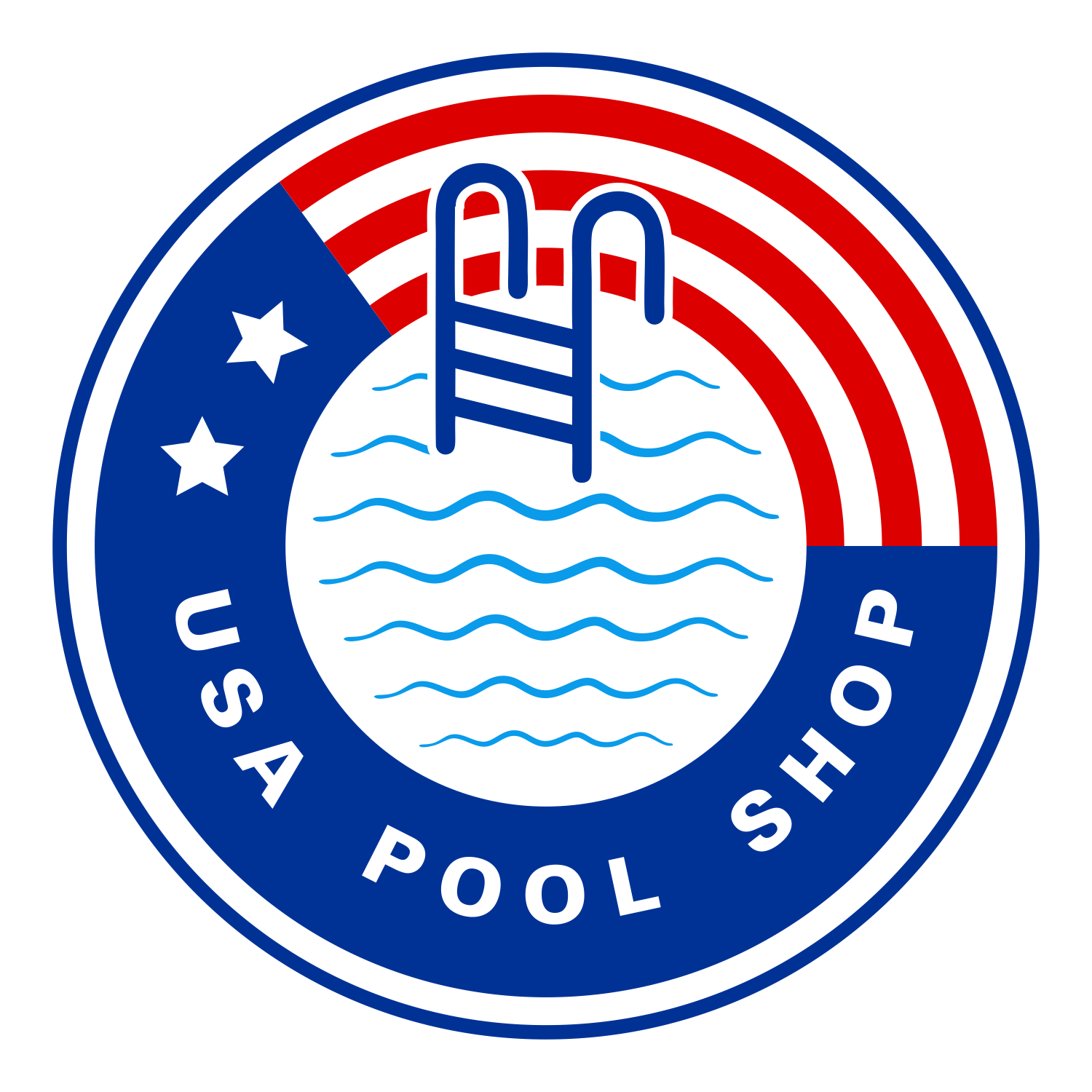
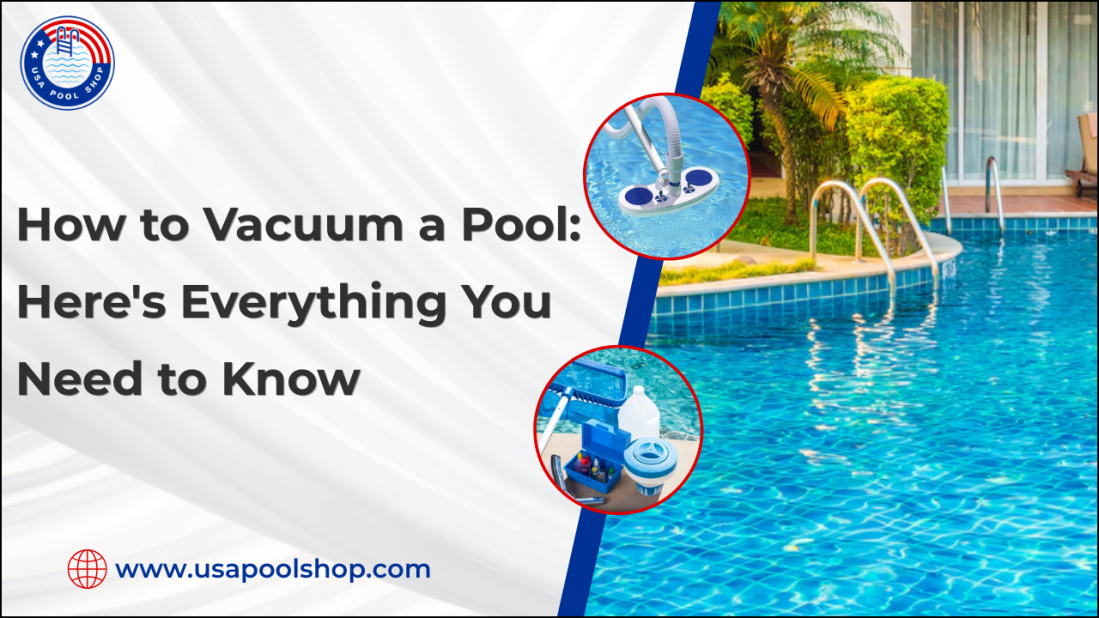


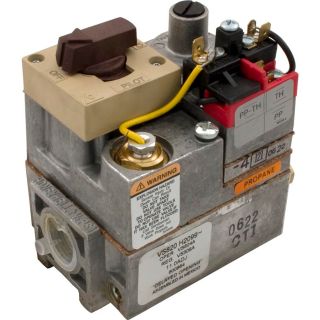
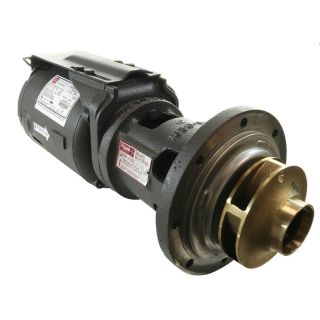
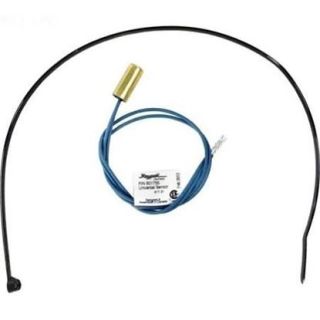
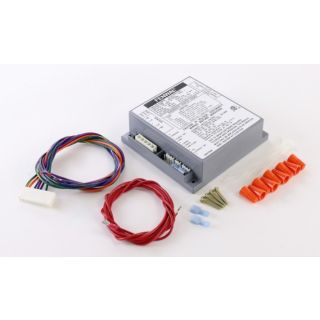



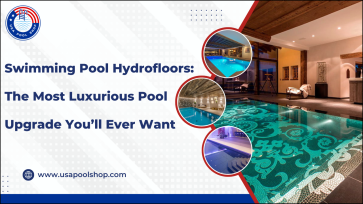
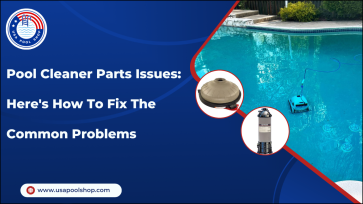
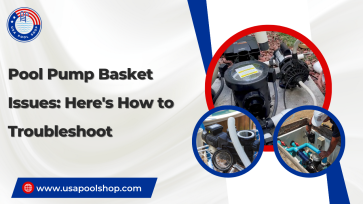
Validate your login